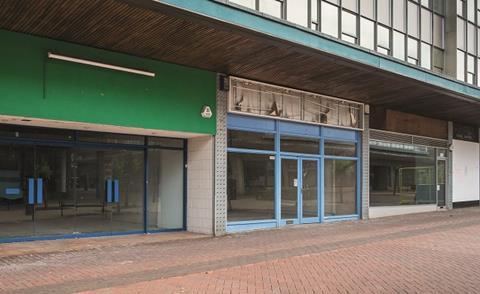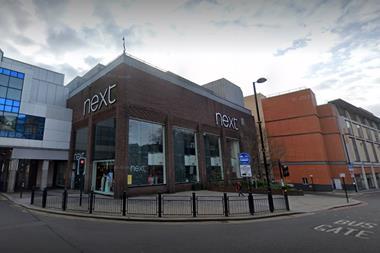Black Friday today will inevitably provoke further debate over the future of online shopping versus bricks-and-mortar sales in shopping centres and on the high street.

Spending is now so divided that digital commerce consultancy Salmon has predicted that UK consumers will spend £4.75bn, or £90 each, today, with 47% of the total being spent online. Given Alibaba’s ‘Singles Day’ promotion earlier this month, which generated $1bn in online sales in just 85 seconds, that’s not hard to believe.
Since the latest business rates revaluation in spring 2017, discussion has raged over whether traditional shops are being penalised to the advantage of ecommerce retailers, the bulk of whose rates bills are accounted for by warehouses with lower values and therefore less cost.
The collapse of House of Fraser, Maplin and Toys R Us and company voluntary arrangements at New Look, Carpetright and Homebase have stoked the fire, and chancellor Philip Hammond also waded in with plans for a Digital Services Tax in last month’s Budget.
But are we in danger of stifling innovation and the British public’s appetite for ecommerce by tinkering with taxes – particularly business rates – that are predicated on property values and not the fortunes of the companies occupying those premises?
The Office for National Statistics recently reported that UK spending online increased to a new record proportion of all retailing at 18.2% in July 2018. Online retailers have been responsible for changing how consumers buy. They have adopted a multi-channel approach because it suits fast-paced modern lifestyles and because they have amazing digital devices that make online shopping so easy.

In 2012, 1.7 billion parcels were delivered in the UK, in 2016 it was 2.8 billion and in 2020 it is expected to be four billion.
SEGRO has benefited from the growth of ecommerce. We’ve grown a national logistics business through the success of distribution parks such as East Midlands Gateway and seen our urban logistics estate rise in value in recent years due to strong ‘last-mile’ occupational demand.
That demand from ecommerce groups and logistics organisations wouldn’t be there if ecommerce hadn’t become fully ingrained in the public’s lifestyles. Already, 85% of UK consumers regularly shop online – 49% cite convenience as the number-one reason why; and 72% say they would buy more items more often if offered better or more convenient delivery options.
So this phenomenon isn’t going away. In fact, ecommerce is forecast to reach 30% of UK shopping before the 2020s are over. And before you know it, the playing field may be levelled up by natural commercial forces anyway, with reports last month revealing that Amazon is planning to open 3,000 new AmazonGo cashierless stores.

So rather than trying to force the ecommerce genie back into the bottle, surely the answer is to find a new mix of uses for town centres that takes into account today’s shopping habits.
Less than half a century ago, town centres had a mix of homes, workspace, industrial units, pubs, schools, doctors’ surgeries and shops. But during the 1970s, 1980s and 1990s, Britain became over-shopped and town centres lost their heart and soul.
At SEGRO, we believe in helping to recreate and support a vibrant town centre mix, allowing for shops and ecommerce to exist side by side. If this means some shops being repurposed as urban logistics hubs so be it.
But using crude fiscal measures to try to achieve this objective just won’t work. Ecommerce is a model the British population have fallen in love with – and it is only going to grow for years to come.






























No comments yet